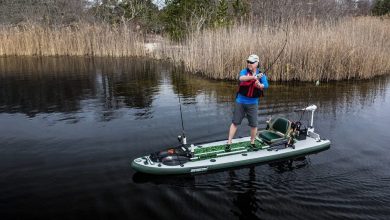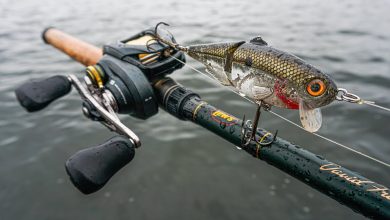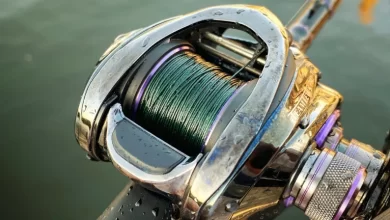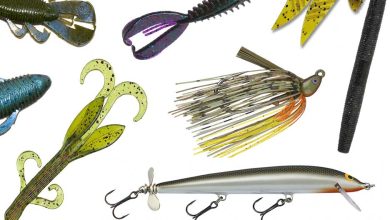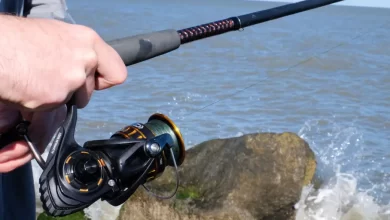How To Read A Humminbird Fish Finder?
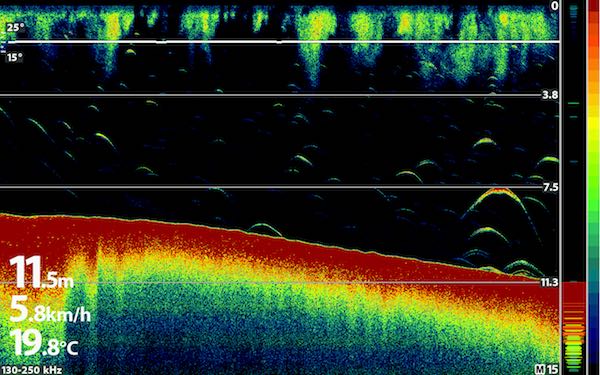
Are you having trouble reading a Humminbird fish finder? If so, then you have come to the right place. Many fishers face difficulty in reading the Humminbird fish finder; however, once they learn how to read it, it will be a piece of cake. This article contains the basic information of a Humminbird fish finder and also has the easiest steps on how to read a Humminbird fish finder. Keep reading to find out!
What Is a Humminbird Fish Finder?
Humminbird fish finders are a famous kind of fish finder that enables hunters as well as other recreational paddlers to recognize what is under their boat in the sea. The Humminbird fish finders display the base of the canal, channel, or reservoir and even show the environment, flora, as well as aquatic species which live inside the water reservoir. Two of the best fish finders that are loved by the customers are given below:
- Humminbird 409670-1 PiranhaMax 197C Color Fish Finder
- Humminbird 410190-1 Helix 5 Series Sonar G2 Fish Finder
How to Read a Humminbird Fish Finder?
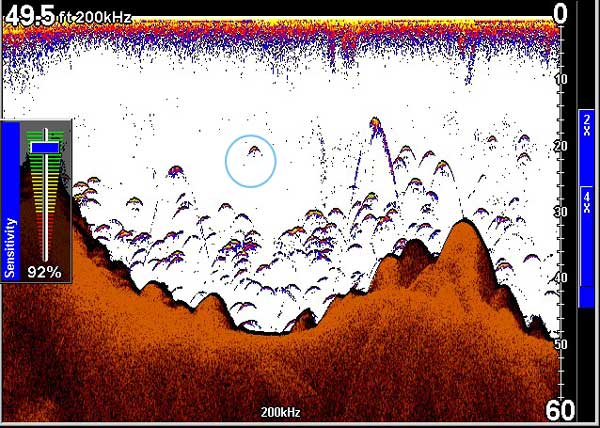
Now, it’s time for the most awaited section. Here, you will learn how to read a Humminbird fish finder. Let’s have a look at the steps to read a Humminbird fish finder:
- Firstly, push the corner button of the Humminbird fish finder. Once you click the menu button, the setup window displays. You may use the arrow keys to scroll down the screen.
- Accessing the controller as well as the guide simultaneously can benefit you to a great extent, lot in learning how to operate the gadget.
- Above the controller screen, you will see a temperature scale on the left of the screen. Below the scale, a box is present that has lines. Each line tells:
First line: Time
Second line: Space traveled
Third line: Average velocity
- After that, you may verify your boat’s velocity at the mid-left of the display.
- Then, you can review and evaluate the bottom of the nearby tab in the bottom right-hand corner.
- By learning about the patterns on the bottom of the screen, you would recognize the key surface. A line to indicate each surface is different like:
Thin line: a compressed key surface
Thick line: a swampy surface
Rough/Cracked line: a hard surface
- Now in the top display layout, a plain surface will be recognized by a thin line while a dusty surface by a thick line.
- Lastly, you may learn about the fish symbols displayed on the main screen. Additionally, you can check for the colored screen to consider the position of the fish. The indication of colors is given below:
Orange color: fish is right below
Blue color: external surface of the Sonar
That’s it! You have learned to read a Humminbird fish finder.
Conclusion
We have provided you with easy steps to help you read a Humminbird fish finder. If you follow these steps accurately, you will read the fish finder in no time. Just remember the colors and indications and you’ll easily catch a fish. So, what are you waiting for? Go ahead and catch a fish now!
